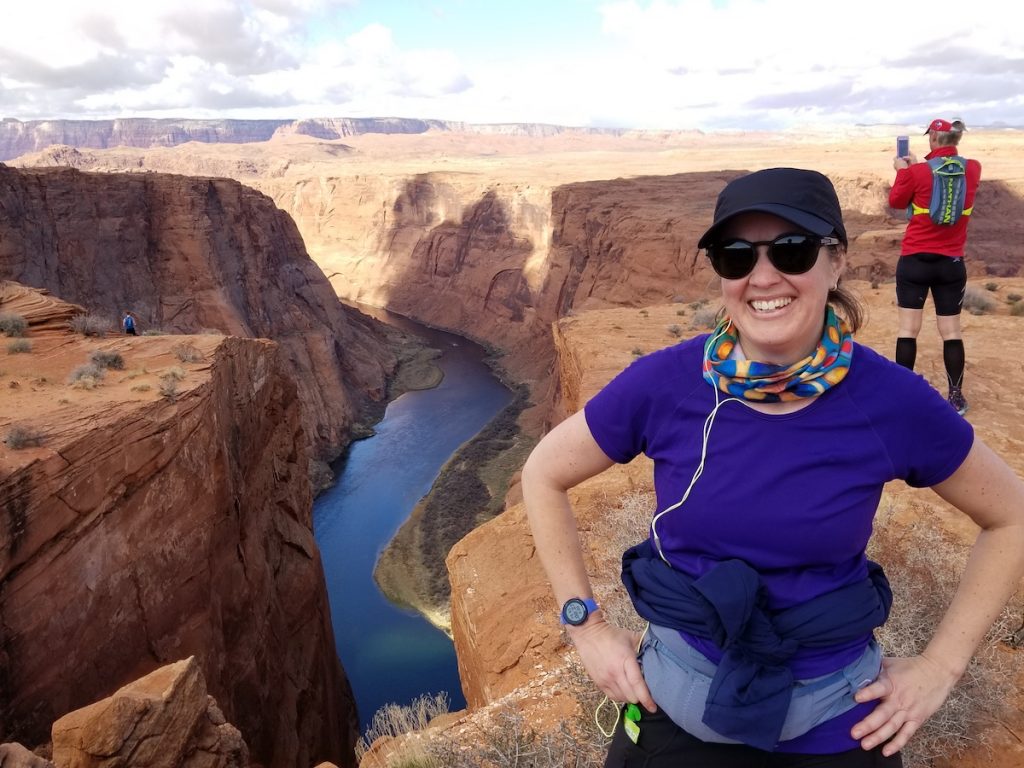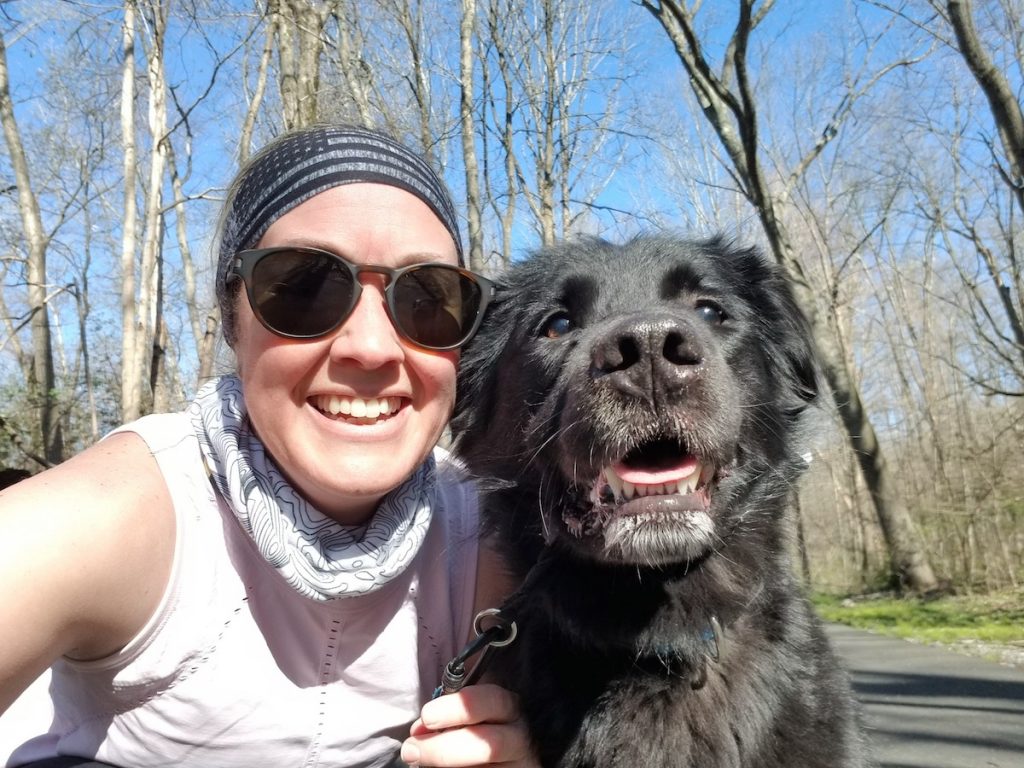Main Menu
Big Goals, the Right Tools and Leadership

Andrea considers herself a mediocre endurance athlete and has slowly plodded her way through marathons (26.2 miles), 50K ultra-marathons (31ish miles), and half iron distance triathlons (70.3 miles) over the last ten years. She does not consider herself an expert in anything, except eating ice cream.
Share This Article!


By: Andrea Ulery
Running long distance gives you a lot of time to think, and as I jogged through my first 50-mile ultra-marathon in March, I reflected on a few things I learned along the journey to both the start and finish lines of the event.
Ultra-running requires a certain type of mindset, specifically, an “all in” attitude, an aptitude for scheduling, resource management, and contingency planning. One could argue that physical conditioning is also a significant skill set, and my personal experience indicates it is less important, but still required at some level. Being a relatively lazy endurance athlete, I rely heavily on the skills outlined above more than physical training; they are my go-to toolbox and are what I count on every day in my professional career as a program manager.
The first step in adopting this mindset is telling yourself that you are capable of taking on the long mileage of an ultra-marathon; if you are anything like me, this was more than one conversation in your head, and the fact is, the body can handle quite a bit, as long as the mind is strong. Once you’ve made up your mind to participate, it’s finding the right event of you, and one that will allow you to move at a pace that is sustainable.
As I packed my bags to catch a flight, headed to my first 50 mile ultra-marathon starting line, I worked through the whole event in my mind: how far apart are the aid stations, what resources were available, what could I carry in between, what adjustments might I need to make between aid stations and how much management reserve could I reasonably create to the time cut-offs at certain mile markers? I laid out the phases of the course, my estimates to complete based upon my experience, and what my contingency plans were, effectively managing the risks and opportunities as I visualized how the day would go. This preparation went a long way during the event; I had what I needed at each aid station and I successfully built up enough management reserve to the cut-off, positioning myself to avoid the dreaded DNF! While these may seem like simple steps, the underlying mental preparations are what provides reassurances you can keep moving as you click off the miles in your ultra-marathon, and provides something to look forward to, such as a new pair of socks to get rid of all the sand that has accumulated in your shoes. It’s the little things that matter in the end!

Even with all my preparations and planning, none of this was possible without the people I met along the course. Running is inherently an individual sport, but you can choose to be a net giver on race day. Are you encouraging the runners you come across, checking to see how they are faring in their own personal race? Are you sharing your fuel with the runner who ended up a little short between aid stations? Are you offering your spare headlamp to the runner who was a few hours behind their personal plan, and was determined to finish no matter how dark it is? How is this any different than any leadership role you have in your professional career; are we not but servant leaders to our teams, sharing our vision, providing the support, resources, and encouragement they need to be successful?
Personal engagement is a vital part of leadership, and no matter how focused we are on finishing our goal, we must make the time to bring our teams with us, and we must share with the runners we encounter on the trail. You never know – the kind word you give to someone can be what gives them the courage to continue, and someday, it may be just what you need from a fellow runner to meet your own goals.
As you set your sights on your next personal or professional goal, remember that each one has its challenges, and no two will ever look the same. When you find yourself on those journeys, the key to success lies in a positive attitude, mental preparation, planning the future based upon past experience, engaging and encouraging those on the journey with you, and persistence….one foot in front of the other. The feeling of accomplishment when you cross the finish line is always worth the time it took to get there!
About the Author

Andrea considers herself a mediocre endurance athlete and has slowly plodded her way through marathons (26.2 miles), 50K ultra-marathons (31ish miles), and half iron distance triathlons (70.3 miles) over the last ten years. She does not consider herself an expert in anything, except eating ice cream.
Share This Article!













One Response
Great article Andrea. Very inspiring!!